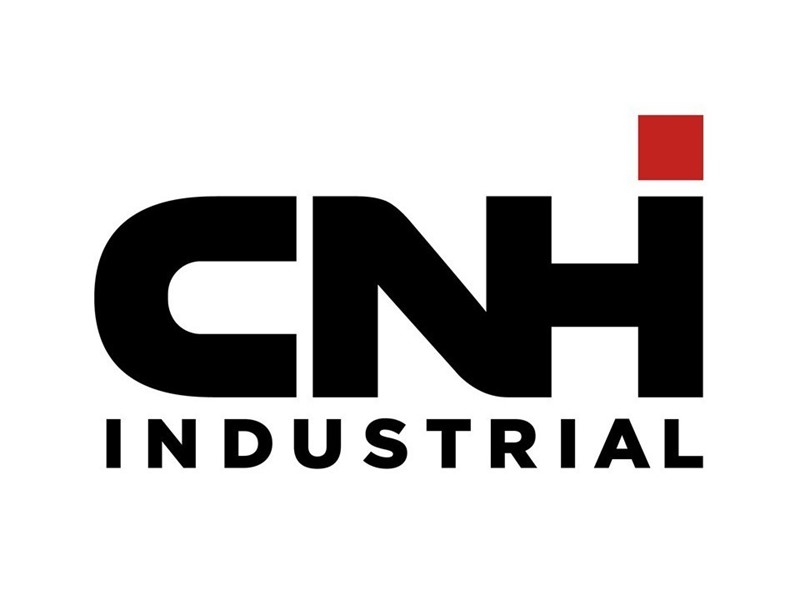Vendor Finance: Giving equipment dealers a strategic edge for growth
By Mark Scardigli
Some equipment vendors can be hesitant when it comes to providing financing to their customers. However, vendor financing is a significant way to gain a strategic advantage over the competition. Particularly for small- and medium-size dealers, having a financing program levels the playing field by allowing them to compete against large manufacturers, particularly when a manufacturer has a captive finance unit. In addition to offering customers the service advantage of being a local, familiar contact, it is possible to offer attractive financing terms that give customers a one-stop shopping option.
Many equipment dealers understandably do not have expertise in financing since their focus is on equipment. They also don’t have the resources or time to invest in building an equipment finance program. Creating an equipment finance program is not complicated high finance, and can be a turn-key operation. A simple tool using the cost and description of the equipment is all that’s needed to provide a professional quote to include in every sales proposal. With an understanding of the benefits of vendor finance for both dealers and their customers, and how to set up a program, dealers will be well positioned to land new customers and strengthen existing relationships.
Why is it so important to offer financing to customers? To start, offering attractive financing options significantly reduces the customers’ incentive to check out competitors’ prices or explore a financing option that could delay the sale or lead the customer toward a competing dealer. It’s also more feasible for a customer to make a monthly payment than to make a lump sum cash outlay. Preserving cash right now is near and dear to the hearts of many small business owners, and financing gives them more flexibility to manage their cash flow. Another reason is that often customers don’t know if they’ll want to own the equipment in three or four years. Several financing plans delay this decision, giving the customer the advantage of time to see if it’s worthwhile to actually own the equipment in the future.
From the dealers’ perspective, offering financing allows them to establish a relationship of trust that enables repeat business when additional equipment is needed and new advances warrant equipment upgrades. The following steps outline how to set up a vendor finance program and also explain more about “why?”
Essential steps for dealers to establish a successful vendor finance program
1. Match your sales strategy to your financial strategy. Dealers typically want to build a sustainable stable of customers from whom they can get repeat business every two or three years, as well as continue to add new ones. However, they need to recognize that if they don’t offer financing, they are not supporting their sales strategy. Their financing strategy should integrate with their sales strategy. Remember, cash equals a transaction, but financing equals a relationship.
2. Find the right finance partner. Once the decision has been made to offer financing, it’s highly recommended to find the right financing partner. When evaluating a potential financing company, some key questions to begin with are as follows:
* Does the company offer expertise in my industry?
* Is the company going to be financially strong enough to support my program long term?
* Is it a full-service financing company?
Industry expertise will ensure a knowledgeable partner with a proven record of success in building and maintaining programs in the dealer’s market. Financial stability is important to the longevity and strength of the program and will save the inconvenience of re-establishing a new program down the road. For example, some leasing divisions within larger companies might change their business strategy and no longer support existing industries or dealership programs.
Finally, selecting a full-service equipment financing company is critical to successfully executing the other steps. To find a partner, check out online resources, such as the Equipment Leasing and Finance Association’s provider database at http://equipmentfinanceadvantage.org/fp/ and industry trade shows.
3. Integrate financing into your sales process. The keys to success once a financing partner is in place are to roll the program out to the salespeople so they are comfortable with offering it, fully integrate it into their sales process, and include a finance option with every sales proposal. The equipment finance partner should be responsible for providing the time and resources to train the dealer’s salespeople, whether in person, by webinar or other learning channel. They should offer coaching on using financing as a closing tool and to capture repeat business. The right financing partner should be an extension of the dealership’s sales team and be available to assist in closing transactions with its customers. It should also be incorporated into the human resources sales training process to ensure all new sales reps can effectively present it.
4. Use financing as a marketing tool to grow your business. Take advantage of the equipment finance partner’s marketing expertise. Dealers should leverage the resources of their financing partner to market jointly to their customer base, whether through direct mail, electronic or online promotions, or trade shows. Co-branding marketing pieces not only offer equipment with attractive payment options, they will make the dealer’s organization look more formidable against larger captive competitors since it has its own financing capability. Even the monthly invoices can provide marketing opportunities with inserts of dealership news and offers. In addition, a good equipment finance partner will help target specific customers to help grow the dealer’s business because this creates more customers for financing — a true win-win partnership.
5. Commit to one finance partner. With the right full-service finance company, the deeper the dealer’s commitment is to the partnership, the greater the services the dealer can receive. Generally, the credit window becomes larger, as do the marketing, training and other support services. It’s also far less complicated than using multiple financing sources and trying to maintain relationships on multiple fronts.
6. Offer financing for small-ticket equipment, too. Often dealers of smaller-ticket equipment don’t consider it necessary to offer financing because of the smaller price points. However, keep in mind that customers don’t finance equipment only to avoid paying cash. They enjoy accounting, cash flow, tax and obsolescence advantages, among other benefits, that make financing equipment more attractive. It also helps solidify the relationship; lock out competitors; and focus on long-term, repeatable business.
If dealers are only selling equipment and not bringing financing options that will enable them to be a one-stop solution for their customers, either their customers are going to find competitors that do, or their competitors are going to find those customers. Taking these steps builds a competitive edge, so they don’t.
 Mark Scardigli is vice president of sales at Marlin Business Services Corp. (www.marlincorp.com). With more than 20 years of equipment finance experience, he is responsible for business development and strategic account management. Marlin is a nationwide provider of commercial lending solutions for small- and mid-size businesses. Marlin’s mission is to offer convenient financing products while providing the highest level of personalized customer service. Mark may be reached at MScardigli@marlinfinance.com.
Mark Scardigli is vice president of sales at Marlin Business Services Corp. (www.marlincorp.com). With more than 20 years of equipment finance experience, he is responsible for business development and strategic account management. Marlin is a nationwide provider of commercial lending solutions for small- and mid-size businesses. Marlin’s mission is to offer convenient financing products while providing the highest level of personalized customer service. Mark may be reached at MScardigli@marlinfinance.com.
© 2015 Marlin Business Services Corp. Reprinted with permission.



